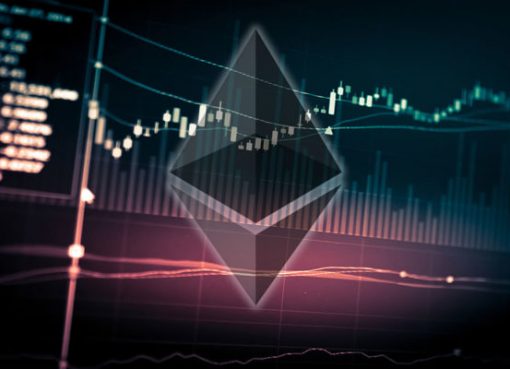We’re always on the lookout for companies innovating in the blockchain space. Today we will explore IoT and Blockchain technology and IOTEX’s ioTube in particular. IOTEX recently announced a major upgrade to their ioTube service (v4). ioTube is now capable of acting as a bridge to support two-way token swaps between IOTEX, Polygon, Ethereum and […]
We’re always on the lookout for companies innovating in the blockchain space. Today we will explore IoT and Blockchain technology and IOTEX’s ioTube in particular. IOTEX recently announced a major upgrade to their ioTube service (v4). ioTube is now capable of acting as a bridge to support two-way token swaps between IOTEX, Polygon, Ethereum and BSC (Binance Smart Chain).
We reached out to Polygon for comment.
“Collaboration is the key to excellence in today’s market. Unsurprisingly, this coincides with the Decentralisation thought process running in the industry. The IoTeX cross-chain will bring real-world benefits to the ever-growing digital world, and make NFTs more relevant to this novel philosophy,” said Sandeep Nailwal, Polygon COO & Co-founder.
As a result of this update, IOTEX had their signature breakthrough moment, as the volume of active wallets in July jumped 600% in just one month. With over 3,450,000,000 billion IOTX staked, the chain is showing breakout behaviors. IOTEX has highly engaged users and an ecosystem that shows that it is on its way to being the singular leader in blockchain integration, usability, and accessibility.
What Are Cross-chain Swaps and Why Are They Important?
One word – Interoperability. In cross-chain swaps, the item of value, a cryptocurrency or data piece, can move freely from one platform to another, allowing people from various blockchains to tap into multi-chain value.
Do more. Faster. Frictionless.
As more diverse crypto projects and platforms are developed, they increase in value and ease of use as they integrate cross-chain functionality. Polygon is one of the premier 2nd layer chains on Ethereum, and integrating with IOTEX is a game-changer for both parties.
You may have heard the expression, “The whole is greater than the sum of the parts.” This is the value that results from combining multiple platforms – that is, the value we get from the network effect. The more people and companies are using a network, the greater benefit for every person on it. As an example, Paypal (payment providers) and Shopify (online commerce) together create additional value for every online shopper.
Can Cross-chain Swaps Be Used with NFTs?
As part of their recent announcement, IoTeX reports people can now trade both IoTeX tokens and NFTs, including “Real-World NFTs from Pebble-GO” on the OpenSea marketplace, built on Polygon. Read IoTeX’s recent post on their integration with the NFT marketplace.
As mentioned earlier, this interoperability is great for people who don’t care – nor should they – what platform they are on. They just want to see the value. Fortunately, we no longer have to separate New York City pizza dollars from Hoboken pizza dollars, so to speak. Cross-chain solutions allow us to reach across chains, or states for this metaphor, seamlessly. That’s an exciting possibility for the decentralized world.
Is IOTEX EVM Compatible?
Yes, it is. Looking more broadly at the IoTeX / Polygon announcement, we see that amazingly, IoTeX is an EVM/Web3.js-compatible blockchain. EVM is the Ethereum Virtual Machine, a protocol that allows Decentralized Apps (DApps) to function across all other EVM compatible platforms. (There’s that interoperability again!)
IoTeX will tie in with Polygon and use its interoperability protocol to exchange IoT data and assets with Ethereum and other blockchain networks.
We expect we’ll be seeing many more partnerships between IOTEX and major players in the blockchain ecosystem in cryptocurrency, data, NFTs and device data (IoT generated data).
Devan is a crypto trader and Bitcoin enthusiast. He does his best to keep up to date with all the latest trends and innovations in the blockchain industry and likes sharing his expertise.




